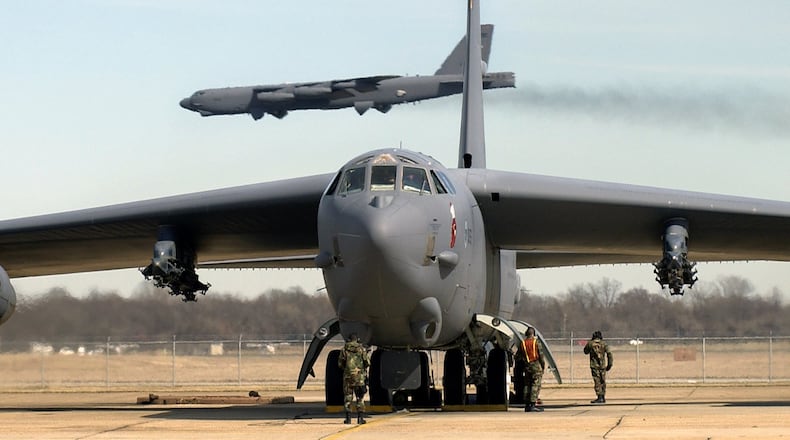“As the B-52 continues to fly long duration missions, especially with mixed crews, there is a higher need for privacy during rest room activities,” the request issued last month says. “This effort is to provide the necessary rest room privacy capability.”
The solicitation offers government furnished flat bungee cord material with steel coated hooks, nylon webbing straps and other materials. The contractor will be expected to provide all required labor, facilities, and certain remaining equipment and material not provided by the government.
The request for the curtain is coming from the contracting office at Tinker Air Force Base in Oklahoma.
The Air Force Life Cycle Management Center’s Fighters and Bombers Directorate, headquartered at Wright-Patterson Air Force Base, is part of the team responsible for keeping the B-52 operational and flying.
The B-52, of course, is an absolutely historic bomber that had played a key role in giving the nation flexible response options during the Cold War and beyond. The physical size, endurance and range of the mighty B-52 has made up to 40-hour missions possible, according to the Air Force.
Since its first flight in 1952, the B-52 Stratofortress has been an Air Force mainstay. Of the 744 built through nine different versions, only 76 B-52Hs remained in service, as of 2016, according to AFLCMC.
About the Author


